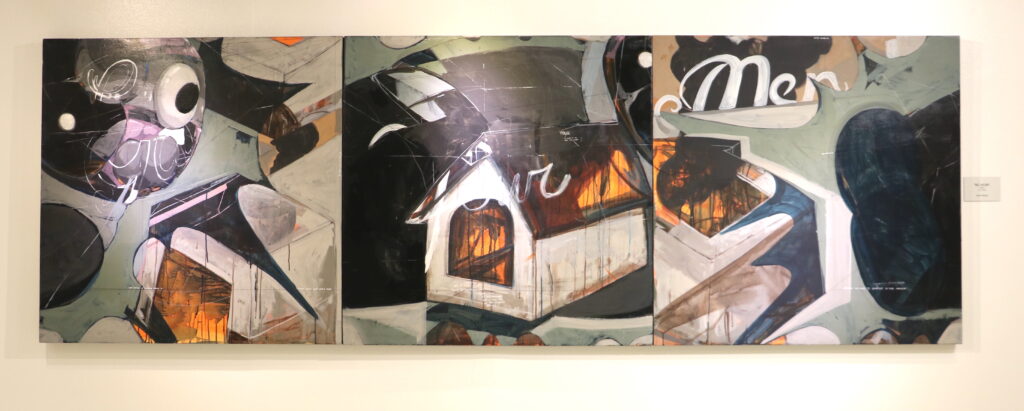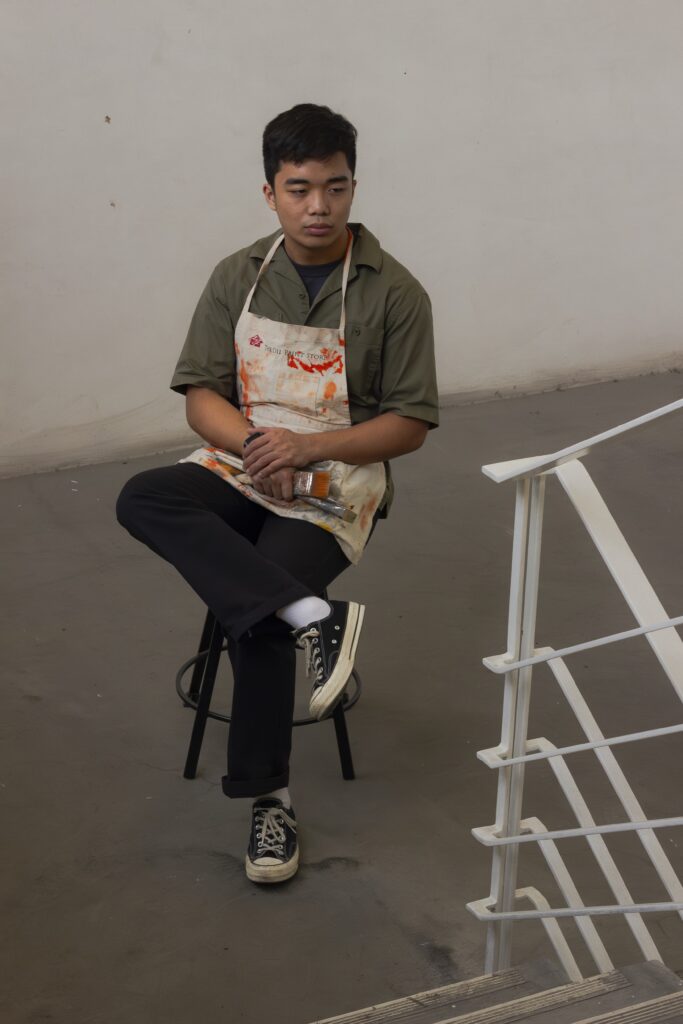
Following the sterling roster of National Artists, several come to mind who continue to leave indelible marks on their respective fields — though all of them have proven to be pivotal — as their legacies are honored, even more so today.
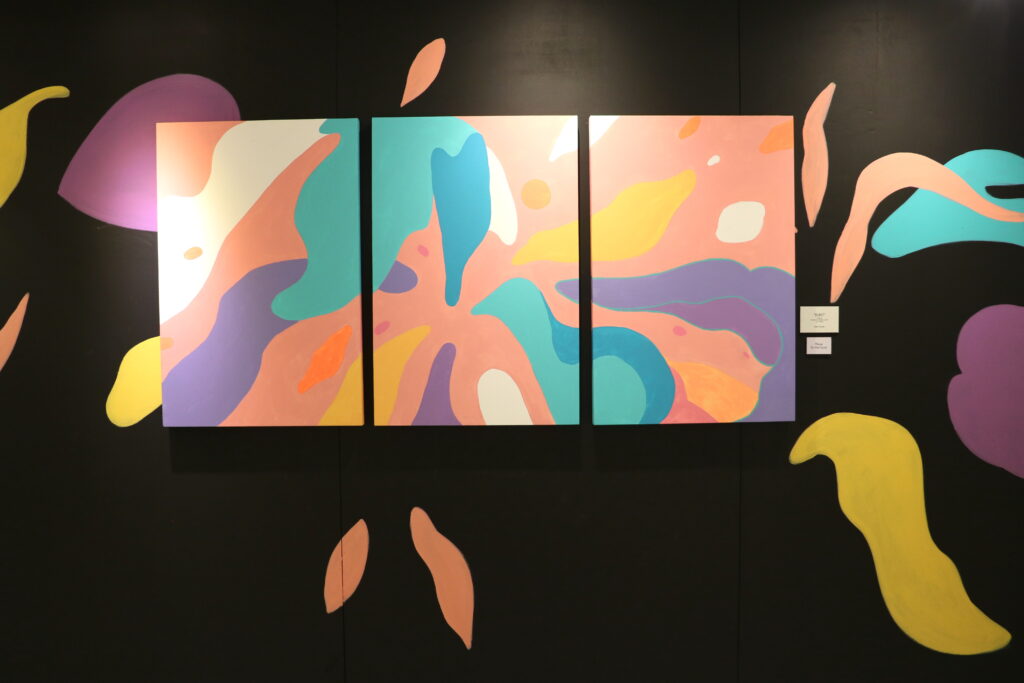
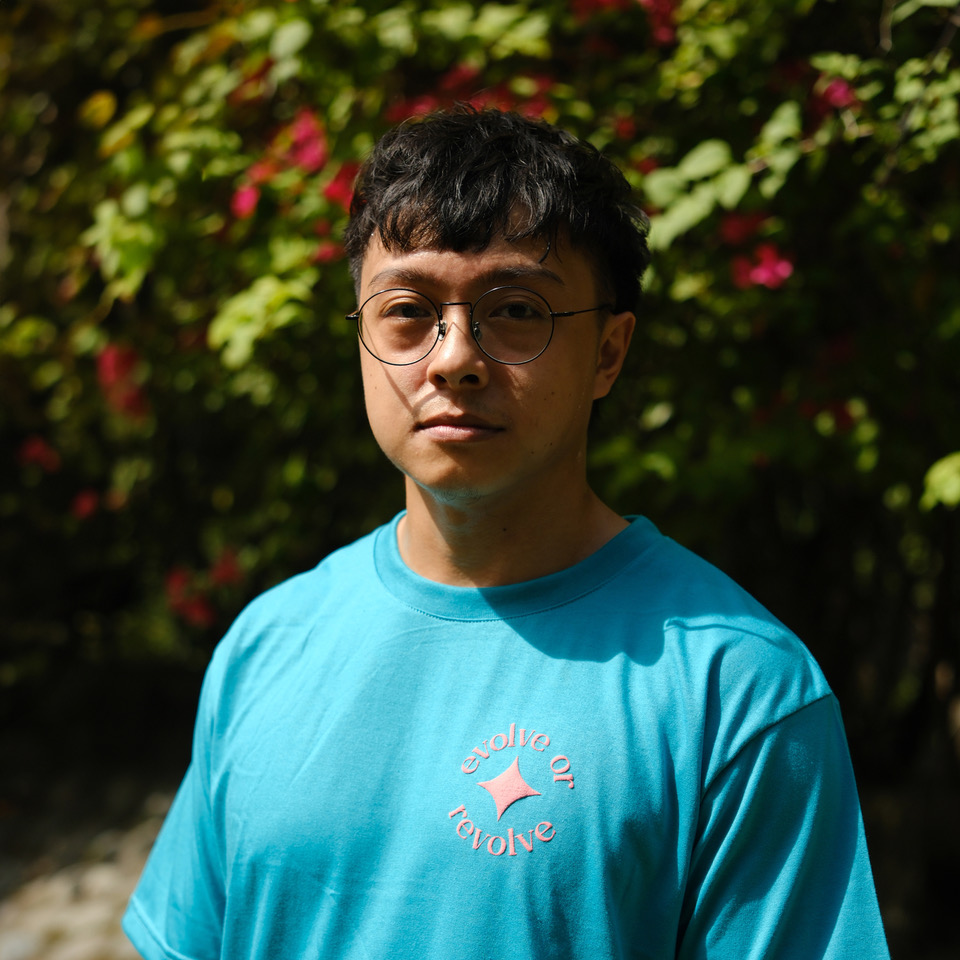
Abdulmari Imao was the first Moro to be lauded as National Artist. An erstwhile photojournalist in Mindanao, he advocated for brass and wood in his creations. He eventually became a United Nations consultant for brass-making.
Pablo S. Antonio, best known for the designs of the Manila Polo Club and the early-era homes at Forbes Park, among many others, was hailed as National Artist for architecture.
Cirilo Francisco Bautista, a National Artist for literature, is best known as a Palanca Memorial Awards Hall of Famer. He stands as the sole Filipino honorary degree recipient from the International Program of the University of Iowa, United States.

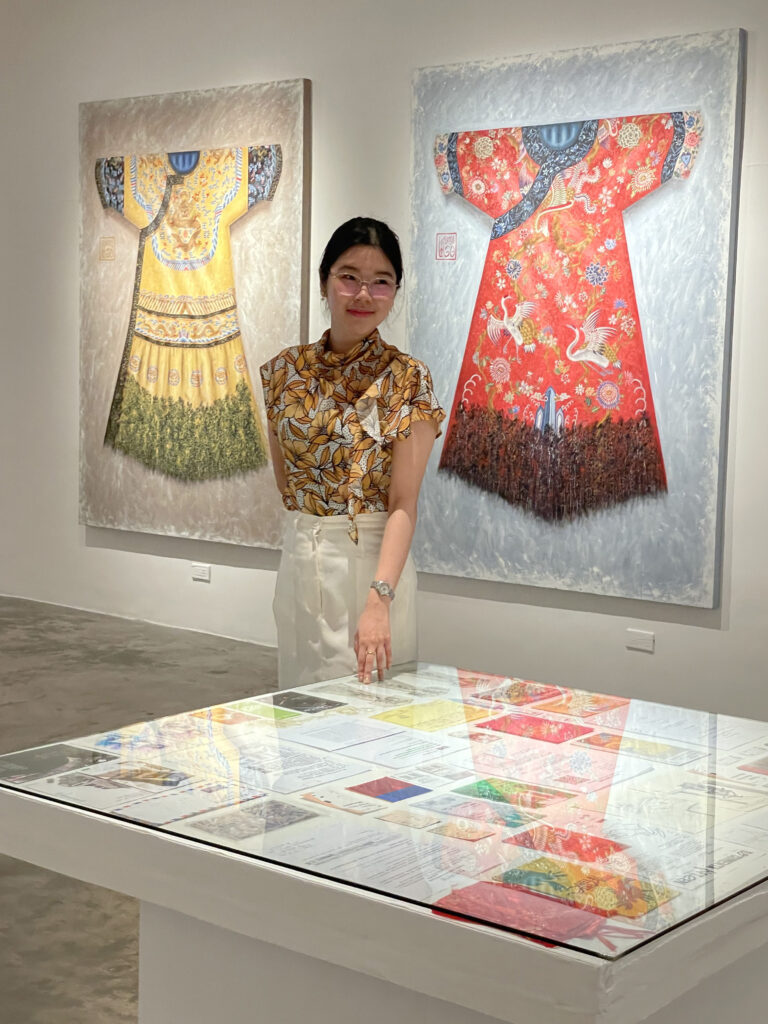
Nick Joaquin, National Artist for literature, was a journalist who excelled in Philippine literature in English. A prolific book author and columnist, he extensively wrote about the restoration of national consciousness.
Ramon Valera broke ground by being the first fashion designer to be National Artist. He has designed countless ternos for ladies of stature, to include several former Philippine First Ladies.
Through the years, these National Artists have been showcased in the galleries and theaters of the De La Salle-College of Saint Benilde
— be it through fashion installations, book readings, architectural fixtures and stage performances.
To celebrate the college’s 35th anniversary, the institution now turns its attention towards the future — to a tony selection of seven alumni and one undergrad painter, who continue to trailblaze in their own selected worlds of art, all while incorporating the inspirations and insights they have internalized from these National Artists.
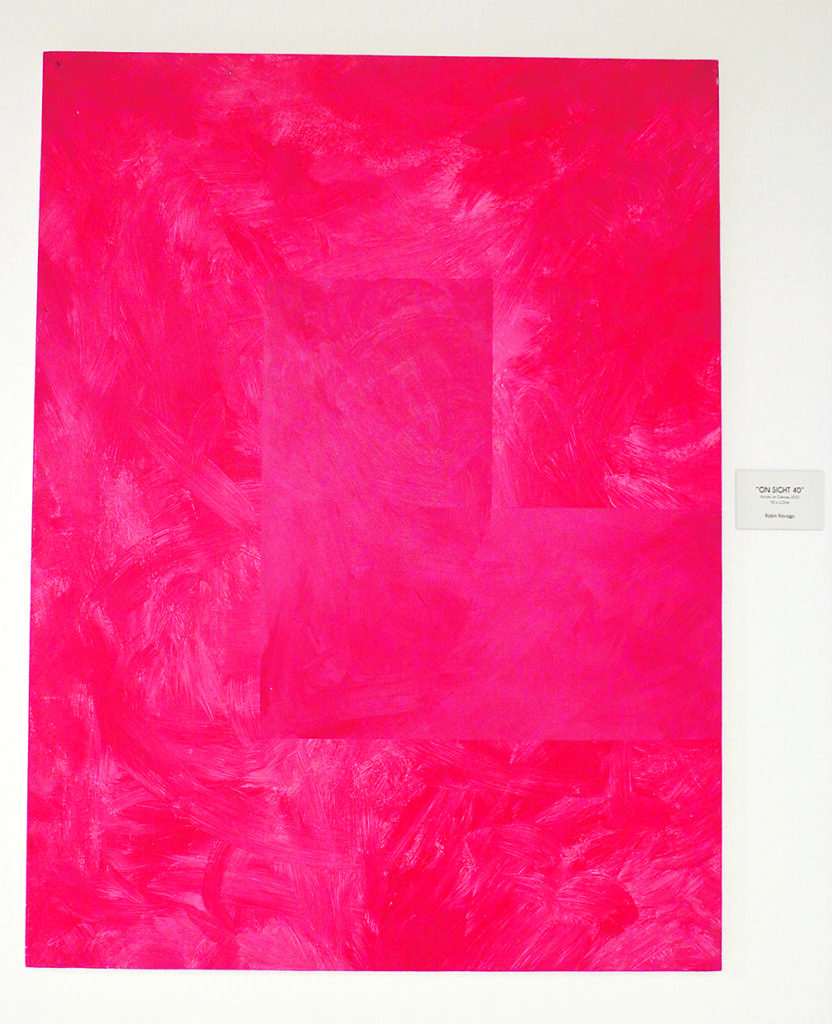
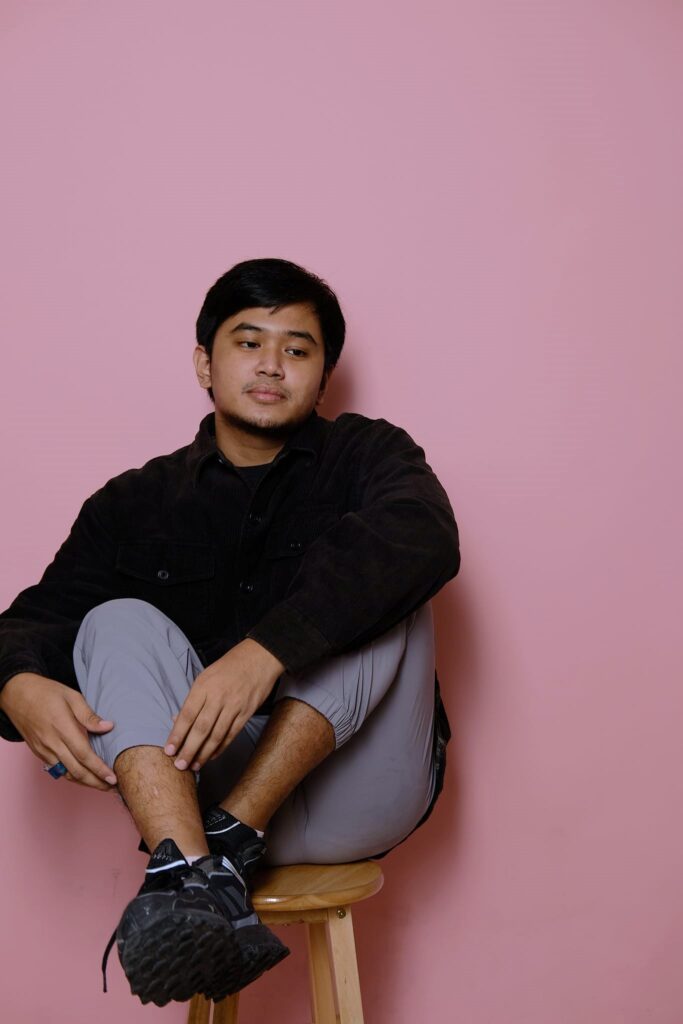
Their creations are part of the ongoing exhibit The Benildean Painter, a homecoming for established and up-and-coming creators of the inclusive educational institute. Let’s meet the Benildean painters.
Lyra Tan utilizes pencil and acrylic illustrations with subtle color palettes and dreamlike symbolisms to weave narratives in her pieces, Tramuntana 1:3, Tramuntana 2:3 and Tramuntana 3:3.
Lee Caces, a former member of the media, has shifted full-time to the arts. He focuses on illustrations, commercial murals and merchandise design, noted by his creation, the Burst Triptych.
Robin Ravago, an architect by profession, explores how objects interact with one another in artworks and installations, presented in On Sight 40. He belongs to the Authenticity Zero Collective, a team which pushes the boundaries of art and architecture interwoven together.
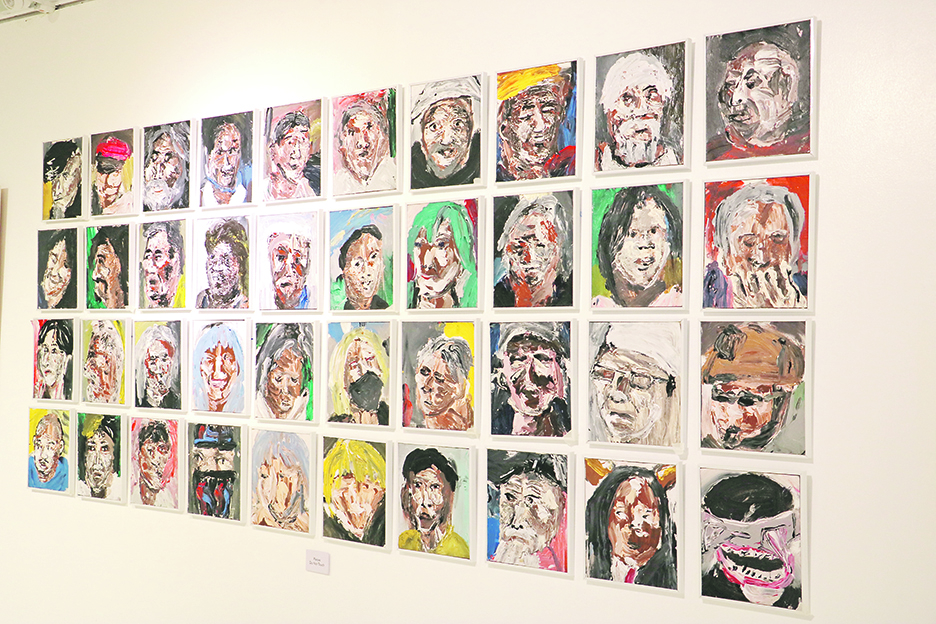
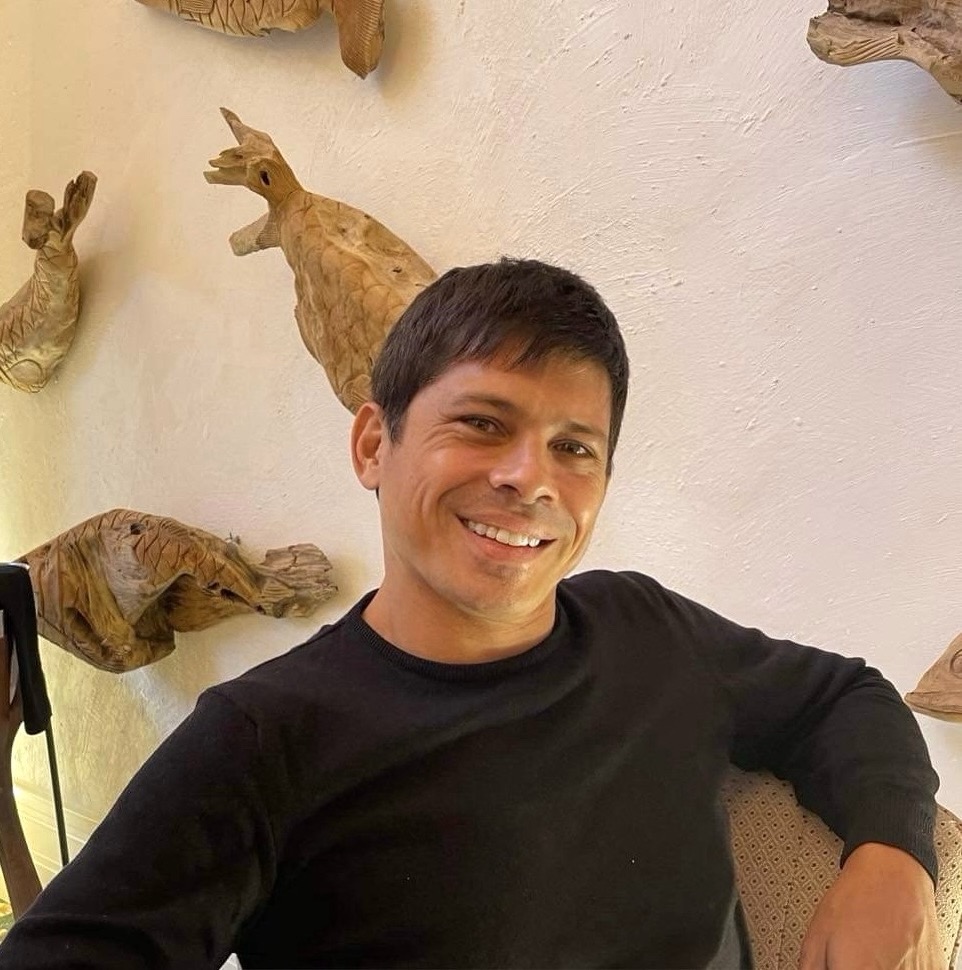
Winna Go examines her Filipino-Chinese identity through Southeast Asian history, represented best via her contribution, Embroidered Thoughts. Together with Ravago, they have even honored the Cirilo Bautista with a spotlight in an earlier exposition.
G Paris Magalona, a trans woman fashion designer in the Subic Bay Freeport Zone, burst into the scene during the pandemic through her hand-painted bayongs. Her Solitario and Haciendera obras represent the Filipina in traditional outfits, which takes inspiration from National Artists Fernando Amorsolo and Carlos Botong Francisco.
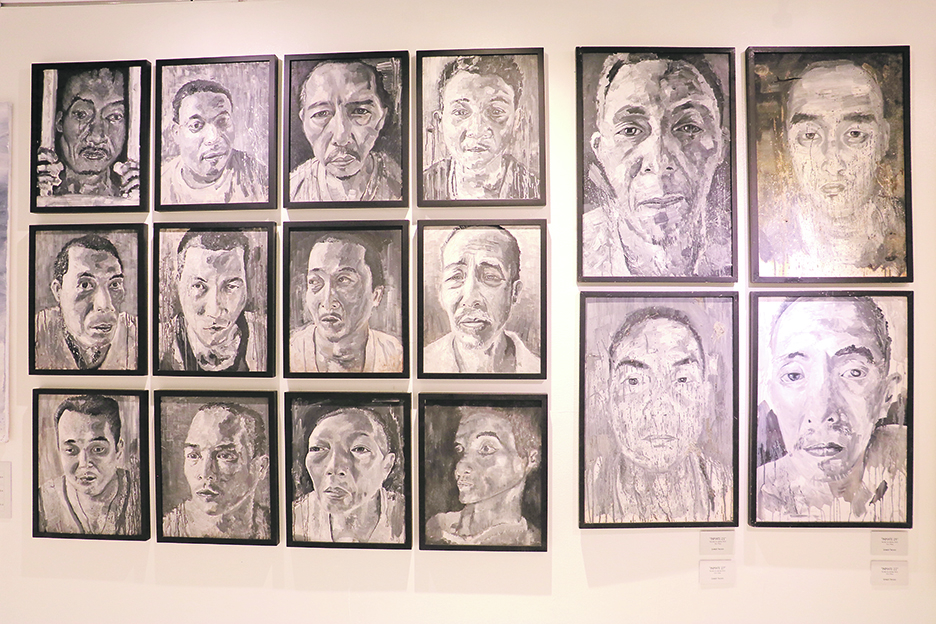

David Kaufman, a Filipino-American mixed media artist, genuinely portrays struggles of the Filipino masses over his evocative layered portraits. An entire wall filled with his raw caricatures may tug at the heartstrings.
Joseph Tecson is a self-taught artist who was incarcerated during his time at the college due to an implication in a drug-related case. There, without formal training, he probed into a distinct visual flair, which garnered significant attention. The challenges during this time are best encapsulated in his greyscale Inmates Series.
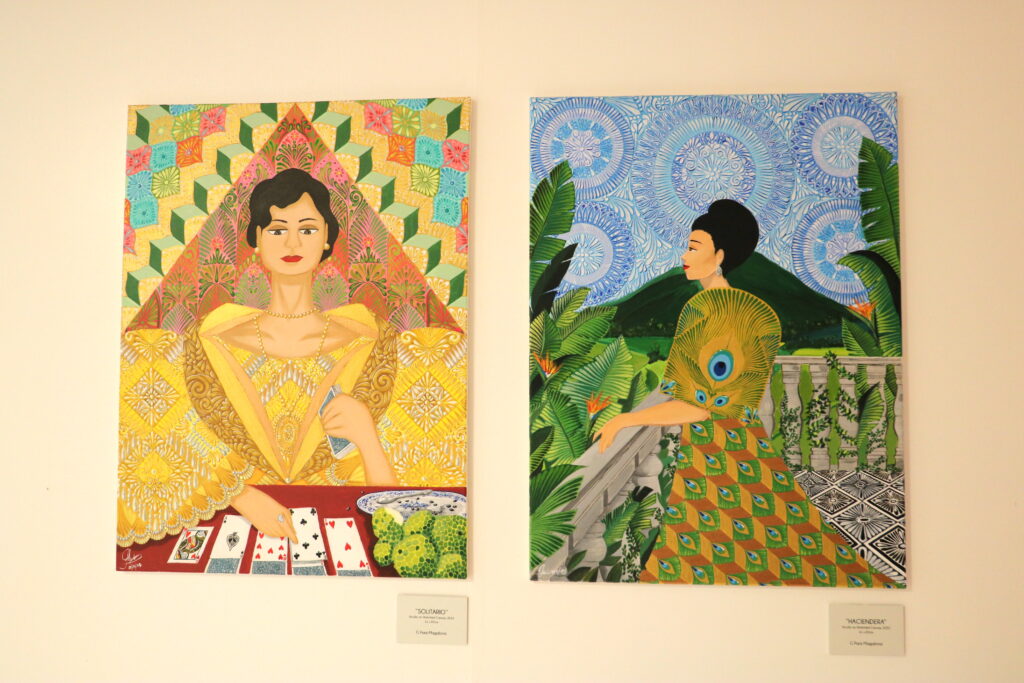
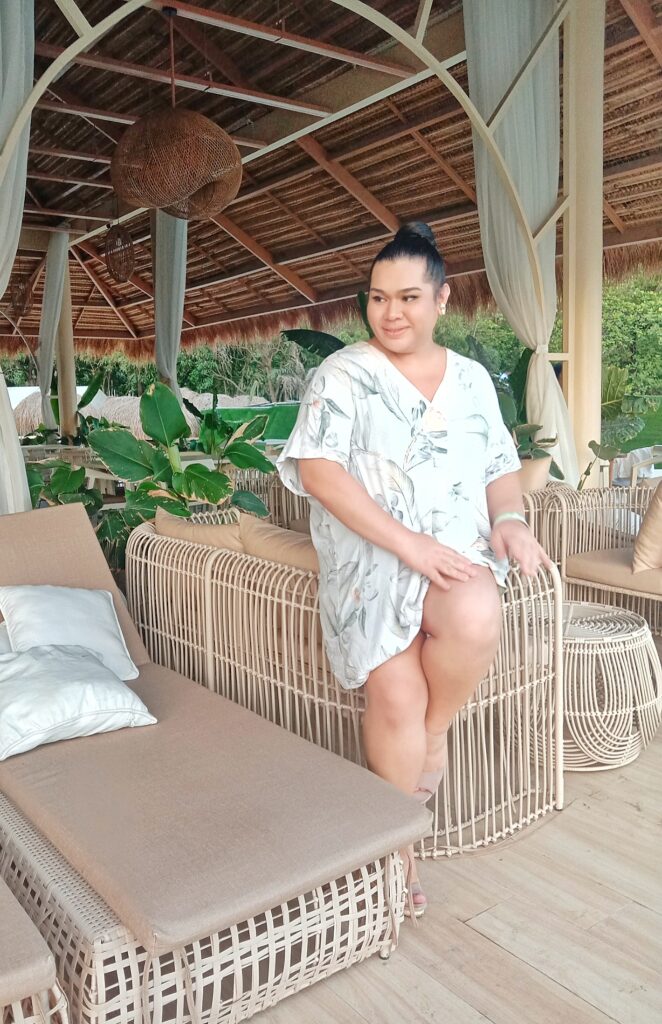
Jadon Kilayko delves into the realm of surrealism and abstraction, as he studied painting during the extended lockdowns at the height of the pandemic. The trying period has been manifested in his signature style, which is accentuated in his Big Work Triptych.
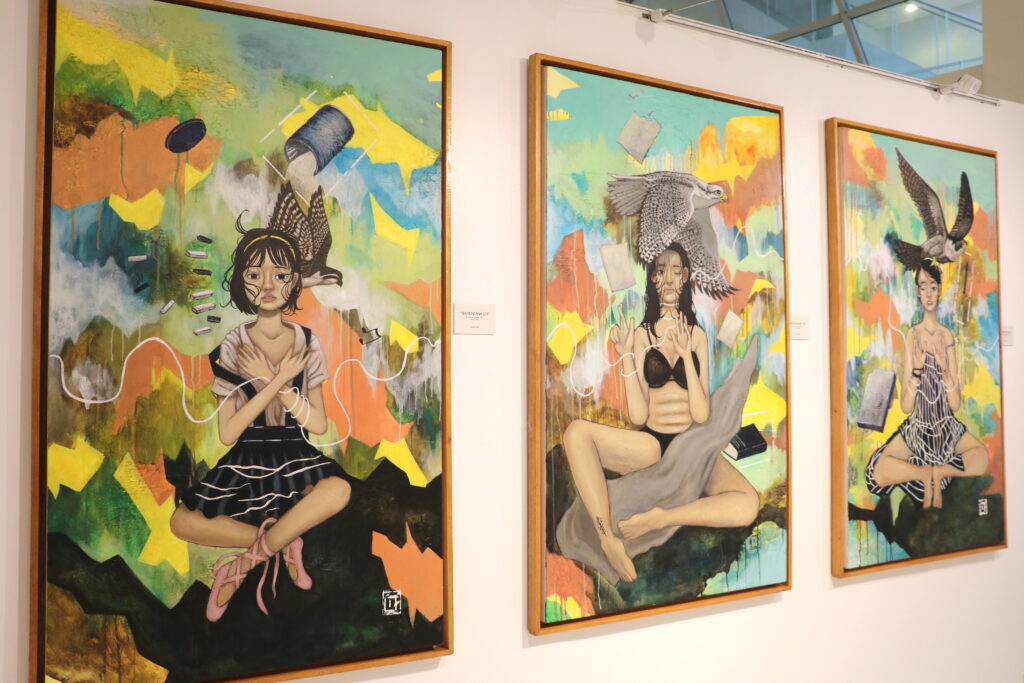
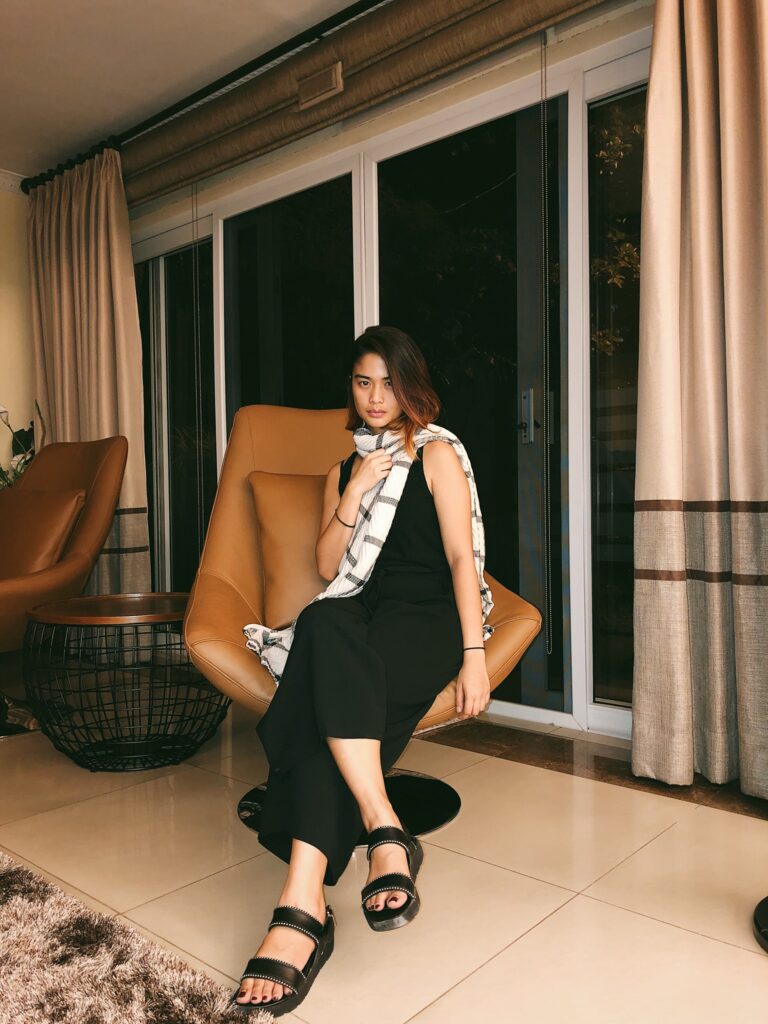
Some of them may even follow in the footsteps of our Filipino greats, though that is a tall order. But who knows?
